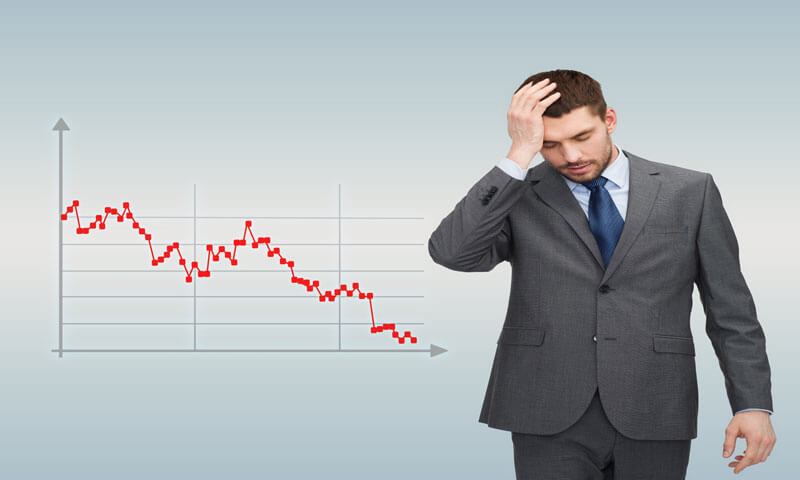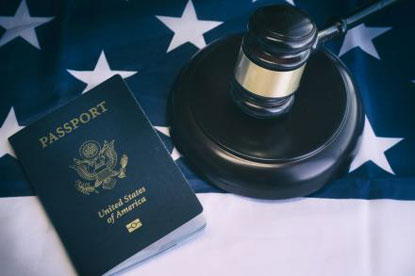
The figure of 18.8 percent was produced by the National Law Journal, which interviewed 221 firms. The findings suggest that women fare better at single-tier firms, where all partners are on the same career track (at 17.6 percent of equity partners) but less so in two-tier systems, where there are different tracks for different partners (at only 14.7 percent). The reason for this is unclear, but Elizabeth Trusi, the chair of Women in Law Empowerment Forum, claims that “I think it’s no secret that women are disproportionately affected by firms with more than one tier,” perhaps suggesting that they are pushed out of the equity ranks.
Some firms, however, are higher than average with their number of equity partners, making five exceptions, with Fragomen, Del Rey, Bernssen & Loewy at 42 percent female equity partners, Jackson Kelly at 28.4 percent, Ice Miller at 26.9 percent, Best Best & Krieger at 26.7 percent, and Ford & Harrison at 26.1 percent. Meanwhile, Cad-Walader has become the lowest, at 6.6 percent, down from 10.3 percent in 2003.
Big Law Firms that have profits of more than $2 million per partner are up, with 11 having over 15 percent equity, and some over 20 percent.
Nevertheless, the disparity has only slowly changed, and this despite mentorships for females and attempts to establish work / life balance programs. Firms could need more of these things, or perhaps the figures have a cause beyond firm culture. The National Association of Women Lawyers claimed in a 2011 report that women had been “fixed” at 15 percent for equity partners for the past 20 years, but who did the fixing and why is not transparent.













































